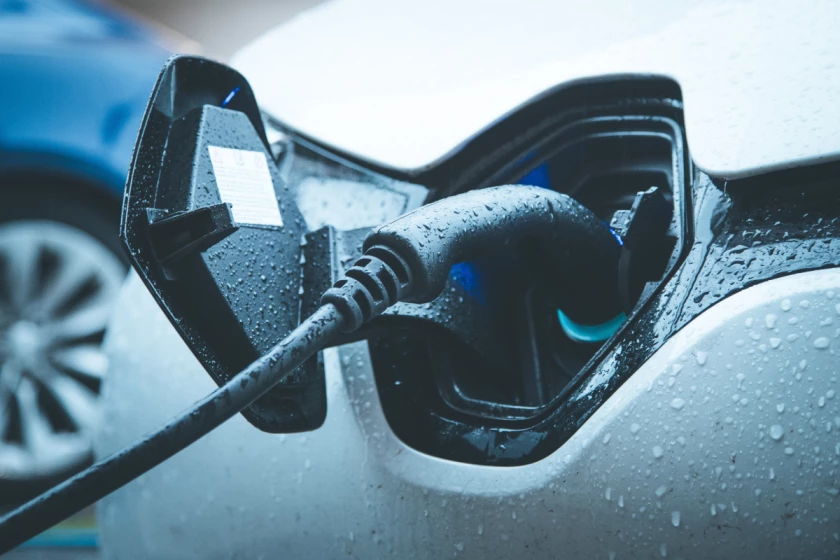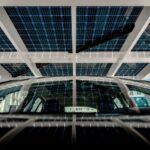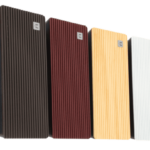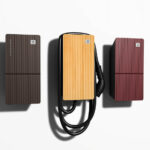Suppose you are considering a home EV charging setup. In that case, it is important that your solution is dependable and effective come rain or shine. The elements can adversely affect how your EV charging station delivers power, but how exactly does this work, and what can you expect when charging your EV in inclement weather? As simple as the process of choosing a home EV charger might seem, there are certain factors to be aware of when making this decision. This article will guide you through what to expect when charging your EV in harsh weather, leaving you better equipped to decide on the perfect charging station for your home EV setup.
EV CHARGING IN EXTREME COLD
Thinking about how the inbuilt battery management system in your EV responds to hot weather makes it simple to understand how extreme cold is handled too. Again, the battery management system operates with the goal of achieving that perfect temperature range. In hot weather, this means throttling the electricity supply to prevent overheating.
In cold weather, the goal is to gently allow your EV battery to come up to temperature by gradually increasing the amount of power it receives.
Suppose you were to open the floodgates all at once. In that case, there is a risk that certain elements of the battery will warm up earlier than others, potentially introducing stresses into the chemicals and materials that form it and leading to damage. So instead, the dial is turned gradually so that eventually, the battery warms up as a whole and is ready to receive a full power flow.
What this means practically is that, again, you may experience slightly longer charging times in freezing weather. Fundamentally, though, this should not change your experience of charging your EV too dramatically – after all, it is better to wait a few extra minutes than to risk a potentially unsafe charging procedure.
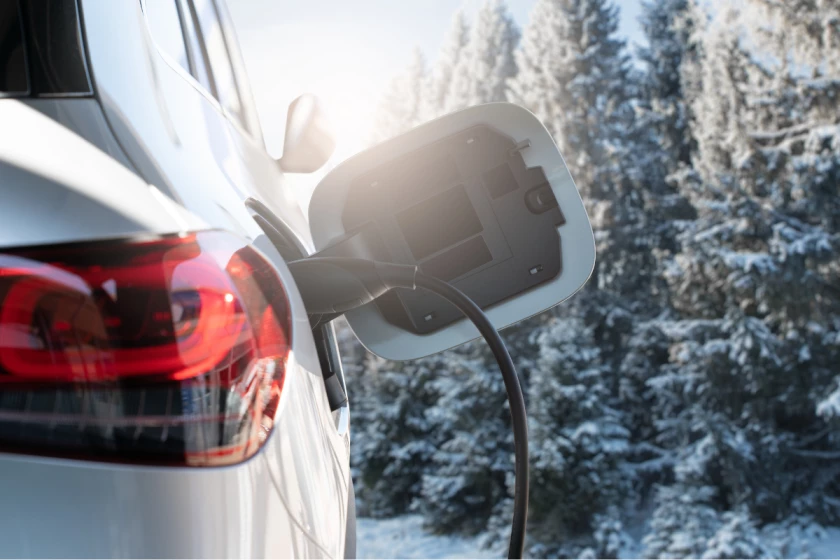
EV CHARGING IN THE RAIN
It is always better to be too cautious than not cautious enough, but really the headline here is that there is nothing to worry about when charging your EV in rainy conditions. Everyone knows that water and electricity are not a great combination. Still, EV charging stations are designed with this in mind and can insulate you and your vehicle against any potential danger.
If you are over-cautious or live somewhere that sees a really absurd amount of rain, it may be worth considering a shelter for your charging area that covers your vehicle and your EV charging station. This is not always necessary, but that little extra peace of mind for those of us prone to worry is always helpful – and it is nice to keep yourself dry when connecting your vehicle, even if your EV and charging station will not notice the difference!
WHAT TO LOOK FOR IN AN EV CHARGER
All of the above makes certain assumptions – namely, that you have chosen a resilient, well-built, weatherproof EV charging solution for your home EV station setup. If you are not yet at the stage of having made your selection, then there are a few guiding principles that can help you to ensure that you end up with a robust solution that is fit for all seasons.
First and most importantly, there are certifications that your EV charging station should meet if you want to guarantee that it is as weather resistant as those discussed above. IP55 and IK10, the two industry durability standards by which EV chargers are judged, are must-meet criteria if you are looking for something that will stand up to the elements.
Beyond this, you are looking for a well-built, weather-resistant exterior that will not be damaged in strong wind or other conditions. A durable attached cable is also necessary if you opt for a tethered solution, but even untethered solutions should have the resilience required.
For a solution that exceeds all of the above requirements – from meeting industry-leading safety and durability standards to offering attractive, custom-built, ultra-weather-resistant exteriors – look no further than TeltoCharge and guarantee that your EV is reliably supplied whatever the weather.

